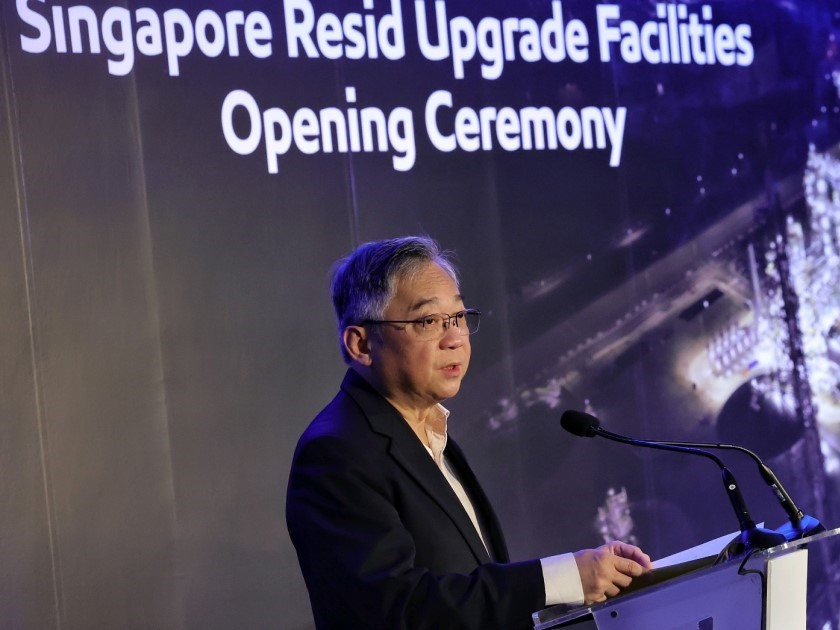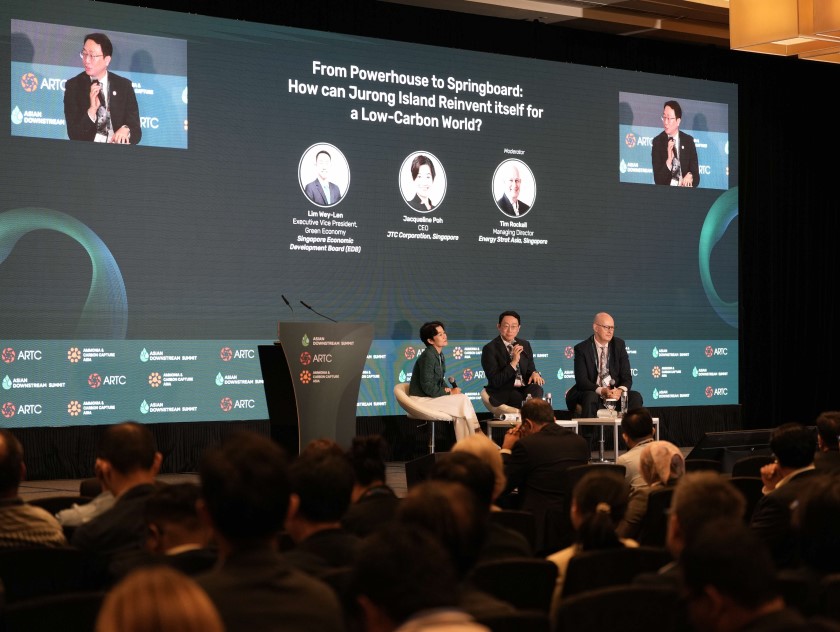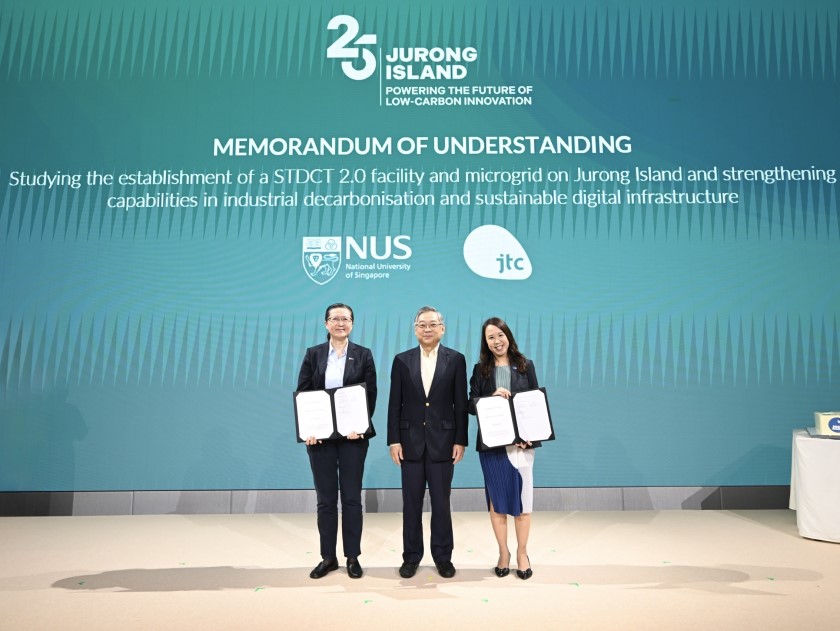Singapore touts itself as a garden city where lush greenery is woven into its urban tapestry. The city state is now taking the leap to become a “City in Nature”, and one of the ways it is doing so is intensifying the amount of greenery within its industrial estates. Jurong Island, a cornerstone of Singapore’s energy and chemicals industry, is one of the industrial estates getting a green makeover.
A green partnership
Called the Greening Jurong Island project, the biggest greening initiative on the island aims to transform the energy and chemicals hub into one filled with greenery. To do so, JTC and NParks have partnered with companies on Jurong Island, plus the Association of Process Industry (ASPRI) and its members.
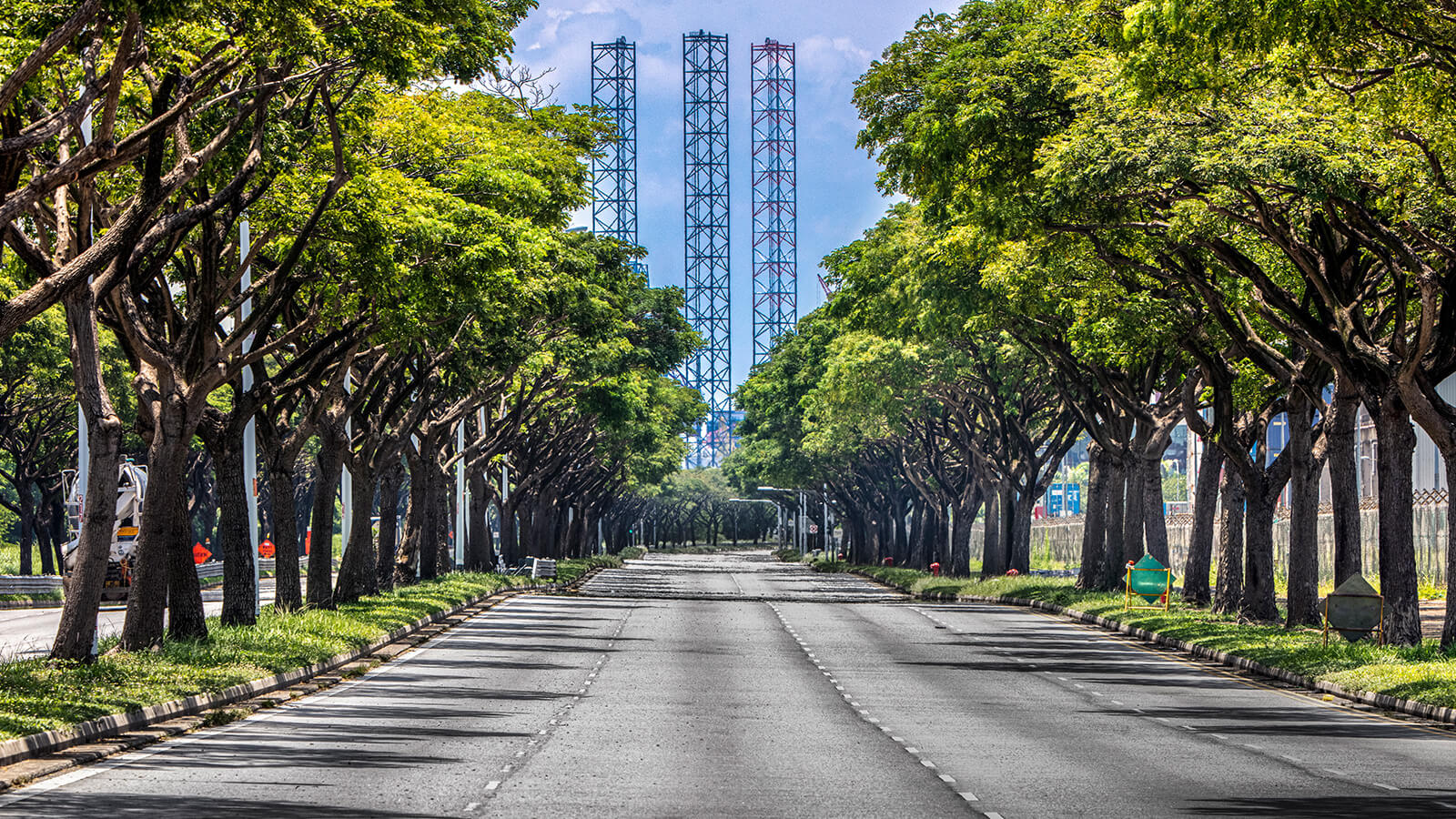
This project is much more than a redecorating exercise. An objective is for JTC and the Jurong Island community to co-create an industrial estate that is more conducive and attractive to the businesses that operate within it, while laying the groundwork for future sustainability efforts in Jurong Island. “By planting more trees, we create pockets of greenery and biodiversity on Jurong Island, making it an eco-friendly workplace environment that adds to the well-being of workers there,” explains Cindy Koh, JTC’s Director of Energy and Chemicals. She also highlights the importance of having the Jurong Island community on-board: “Many manufacturers have been stepping up on their commitments to sustainable actions – however, so much more can be achieved when the community comes together. Such collective effort goes beyond what each company can do on its own.” The companies and employees on Jurong Island, as well as ASPRI and its members, have raised over $740,000 to support the cause.
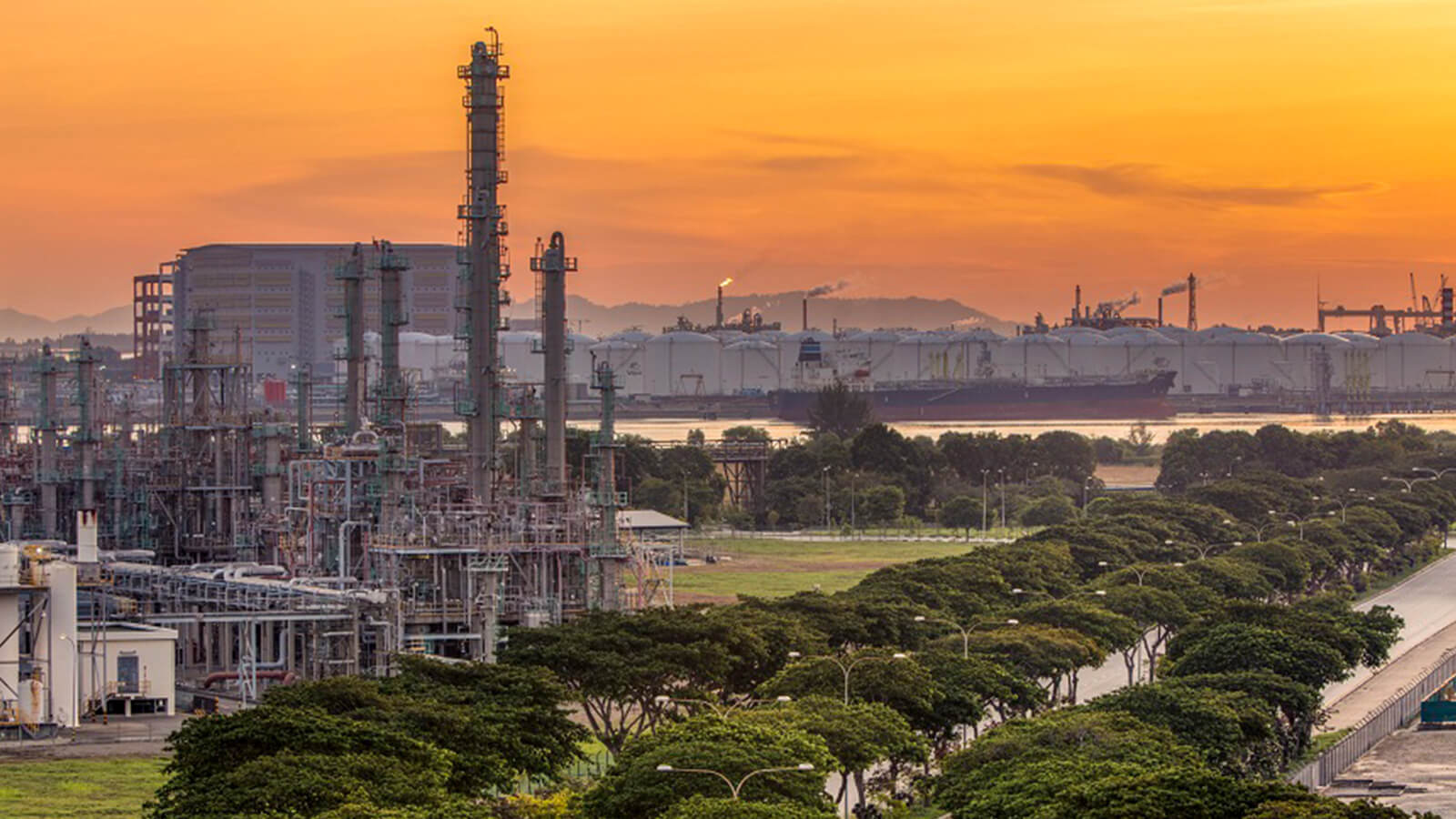
Mr Charles Quek, President of ASPRI, said, “ASPRI, together with our members, are happy to play our part towards the greening efforts in our industrial estates. The Greening Jurong Island initiative helps to reinforce the concept of sustainability and will go a long way to make the island a more attractive workplace for our members.”
ExxonMobil, the largest single contributor to the initiative, is supporting 400 trees through a $120,000 donation.
Mr Gan Seow Kee, Chairman and Managing Director, ExxonMobil Asia Pacific Pte Ltd said, “The Jurong Island Greening Initiative provides us an opportunity to contribute meaningfully to the environment and community where our operations are located. We recognise the vital role that trees have in the environment, and how they also help make Jurong Island a more attractive place to work.”
Picking the perfect trees
Close to 13,000 trees have been planted in the estate since March 2019, and the eventual goal is to have 34,000 new trees planted by 2022.
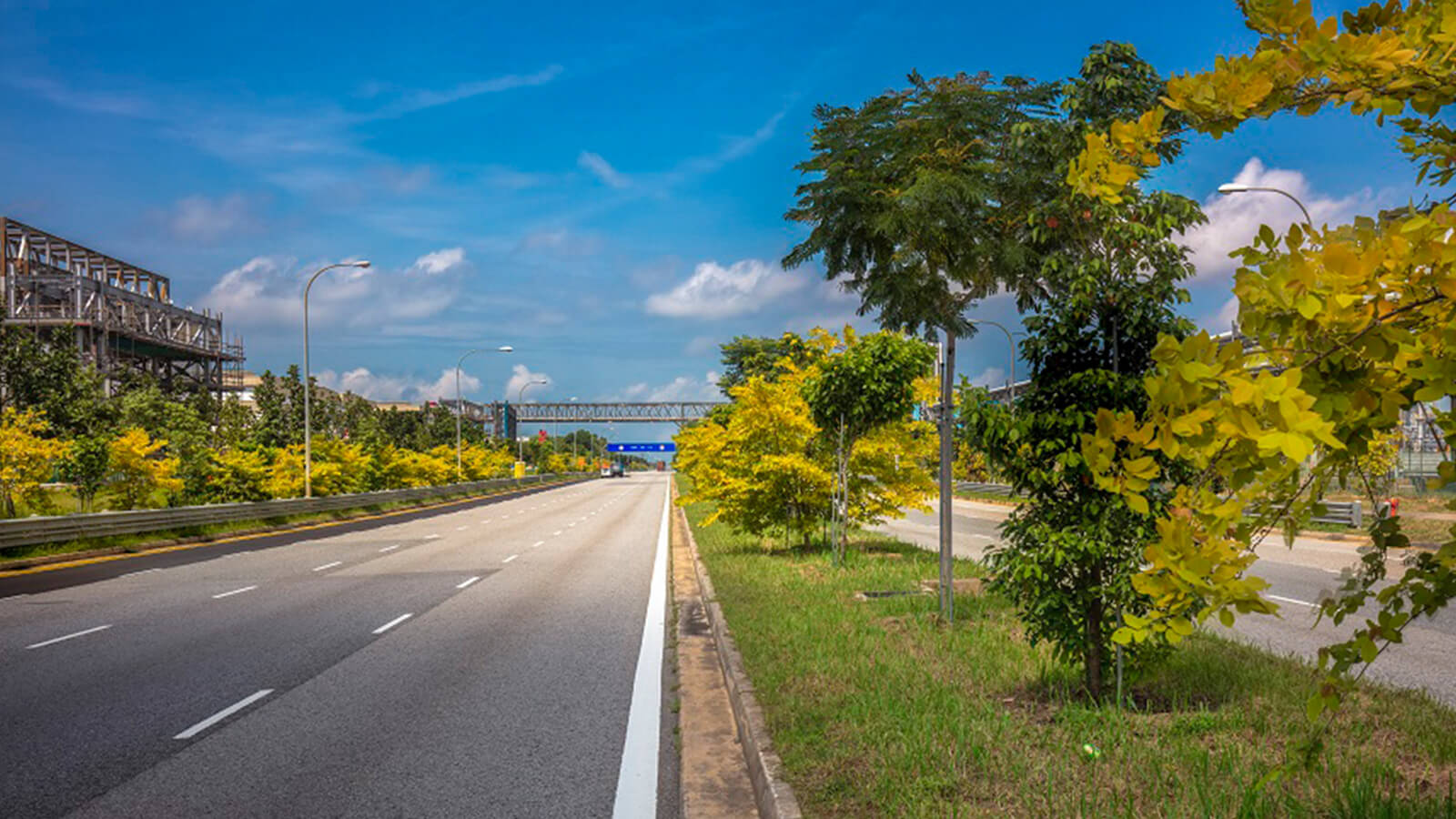
NParks’ expertise in flora and fauna has been invaluable to this project. The team’s experts are responsible for choosing ideal species of trees that would not only survive, but thrive, amidst the industrial backdrop of Jurong Island. The tree species have been curated and chosen for their hardiness and drought tolerance, as well as their ability to add shade, colour and vibrancy to the island. Before planting the trees, teams from JTC and NParks analysed ground conditions, then planned strategic planting techniques to ensure the well-being and longevity of the trees on the island. After thoughtful deliberation, they decided that planting the trees in a multi-tier manner — mimicking a forest structure — would be an ideal choice to add diversity, vibrancy and colours to Jurong Island’s streetscape.
Creating a luscious, green island for everyone
With one-third of the project’s trees planted so far, Jurong Island’s occupants will soon see — and feel — the impact of the additional greenery. With more trees, there is now more shade on the island. And because the trees can mitigate the Urban Heat Island (UHI) effect — a situation that occurs when an area has a dense concentration of pavement, buildings and other surfaces that absorb and retain heat — everyone will benefit from cooler temperatures.
On a broader level, the fruits of this partnership will contribute to Singapore’s One Million Trees movement, which aims to plant a million trees across Singapore by 2030 and bring the therapeutic effects of greenery to even more corners of the country. “This project is essential to realising our vision of integrating nature in our industrial spaces and creating more attractive environments for communities. By aspiring to make Jurong Island a much greener industrial park, we’re also strengthening Singapore’s distinctiveness as a liveable city,” Cindy adds.
